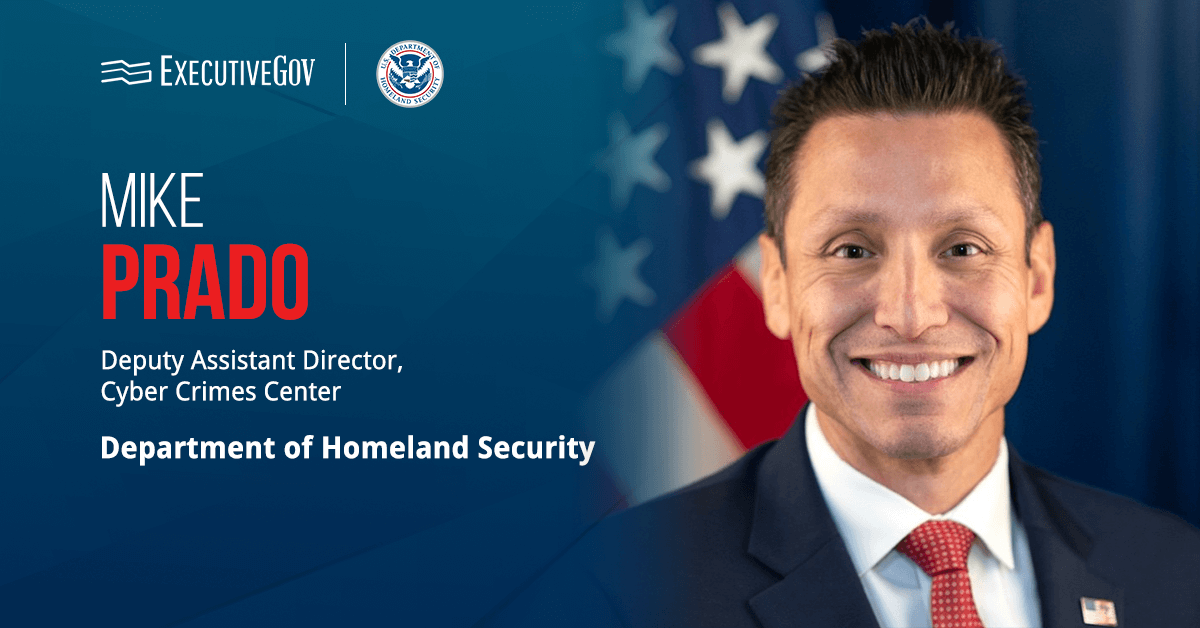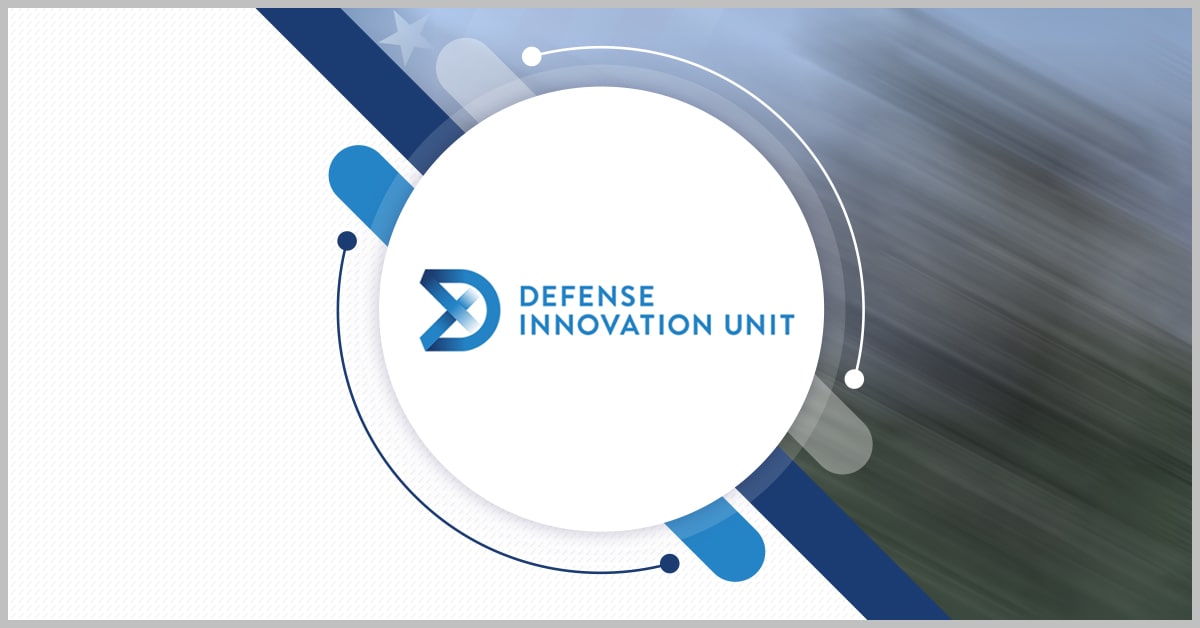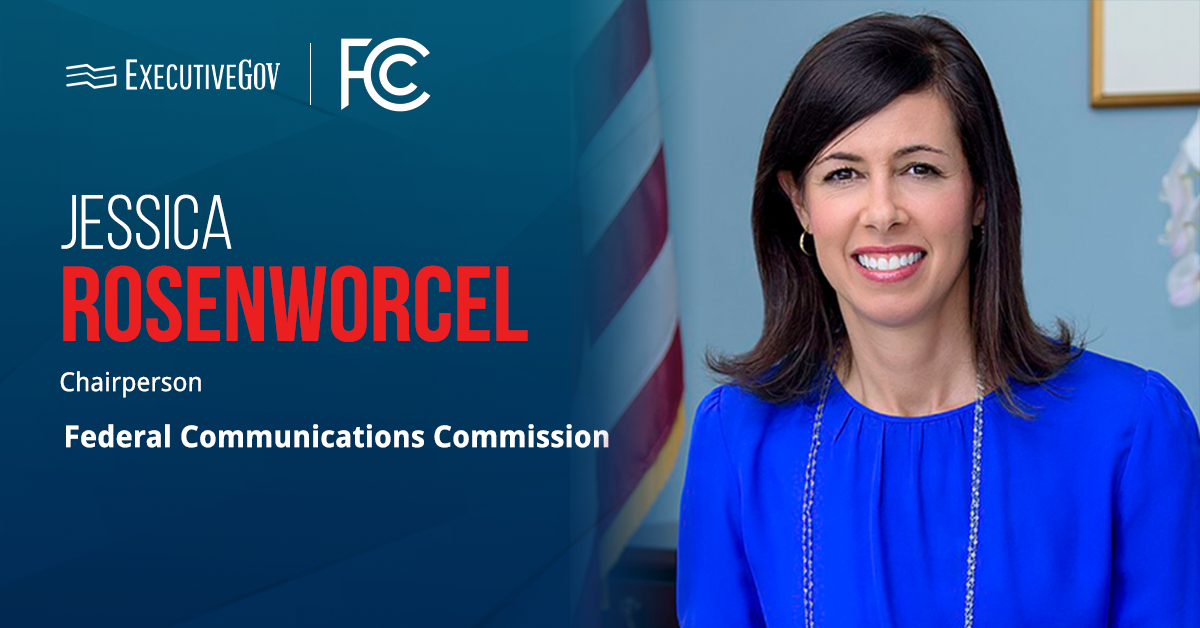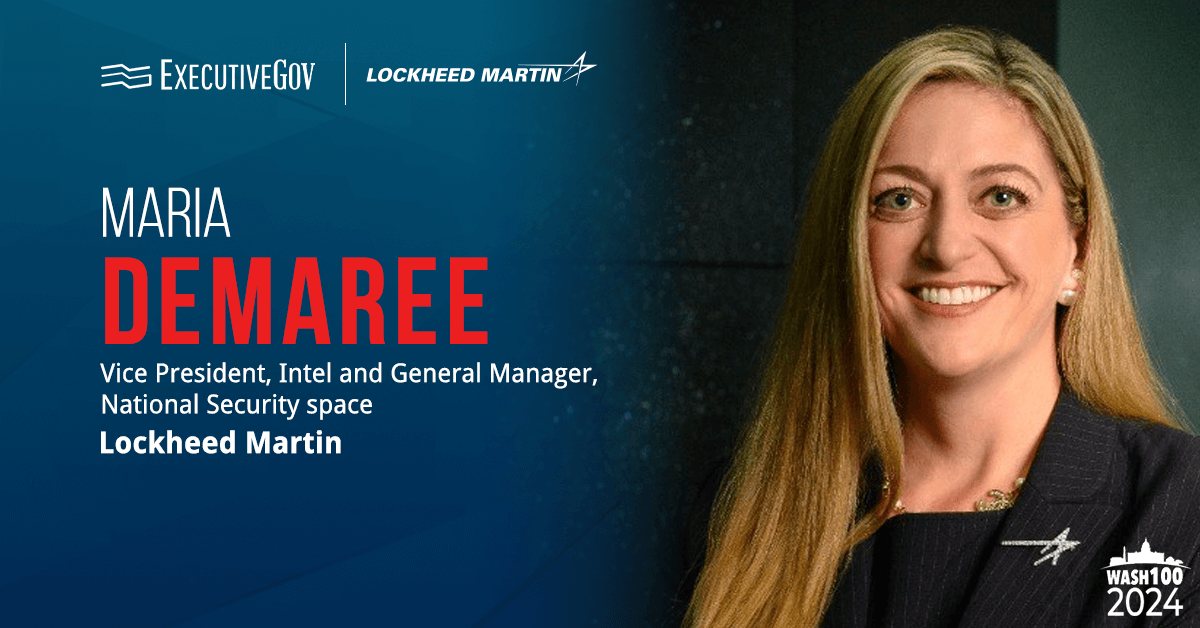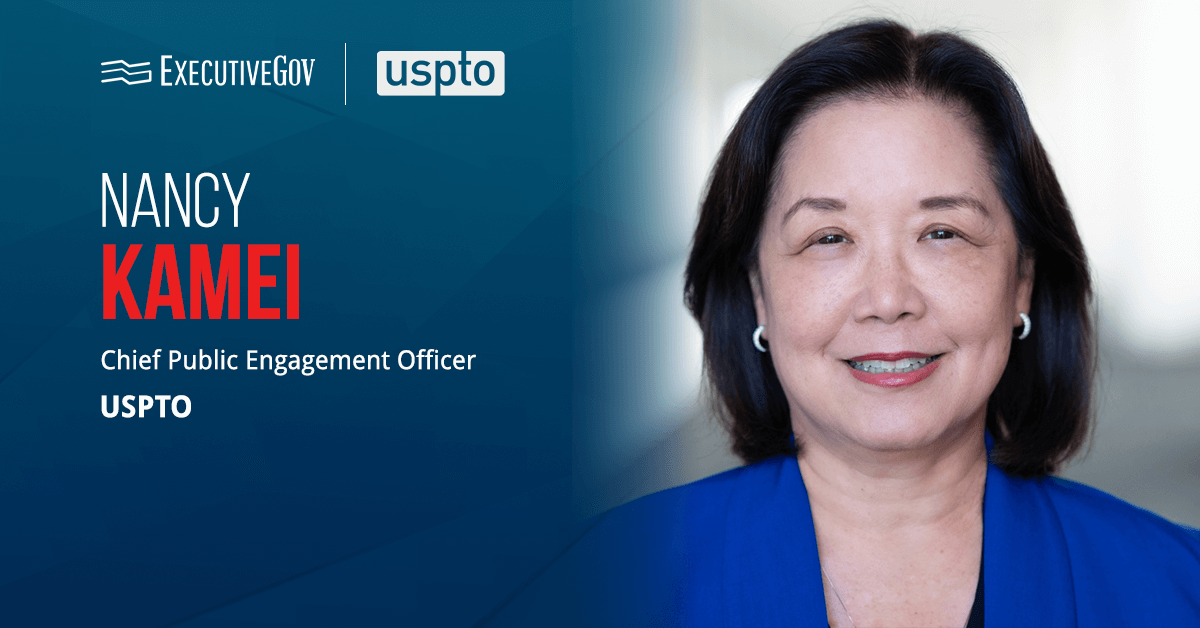The Department of Homeland Security’s Cyber Crimes Center, known as C3, has created four new international cyber investigations liaison roles as part of a push to strengthen its ability to address transnational cybercrime.
DHS said Tuesday that the positions will make new resources available to the Homeland Security Investigations-led Cyber Crime Unit, or CCU, and will be based in Ottawa, Canada; London, England; Sydney, Australia; and the Hague, Netherlands.
CCU leverages advanced technology and collaboration to support investigations into network intrusions and digital crimes. The organization offers advanced analytical support, data engineering and cyber investigative support and coordinates public-private partnerships.
“By expanding our international presence, we are strengthening our ability to combat the evolving threats of transnational cybercrime,” said Mike Prado, deputy assistant director of C3.
“These new positions will enhance our collaboration with global law enforcement partners, allowing us to disrupt criminal networks more effectively and protect communities worldwide,” he elaborated.
The Cyber Crime Center’s Strategy
C3 uses forensic technology and law enforcement networks worldwide to counter cybercrime and criminal exploitation of the internet. C3 supports HSI’s investigations into underground online marketplaces selling weapons, illegal drugs and more by providing computer and cyber-based technical services.
Prado will join a panel discussion at the Potomac Officers Club’s 2024 Homeland Security Summit on Nov. 13. Secure your spot at the event to get exclusive access to his insights.



